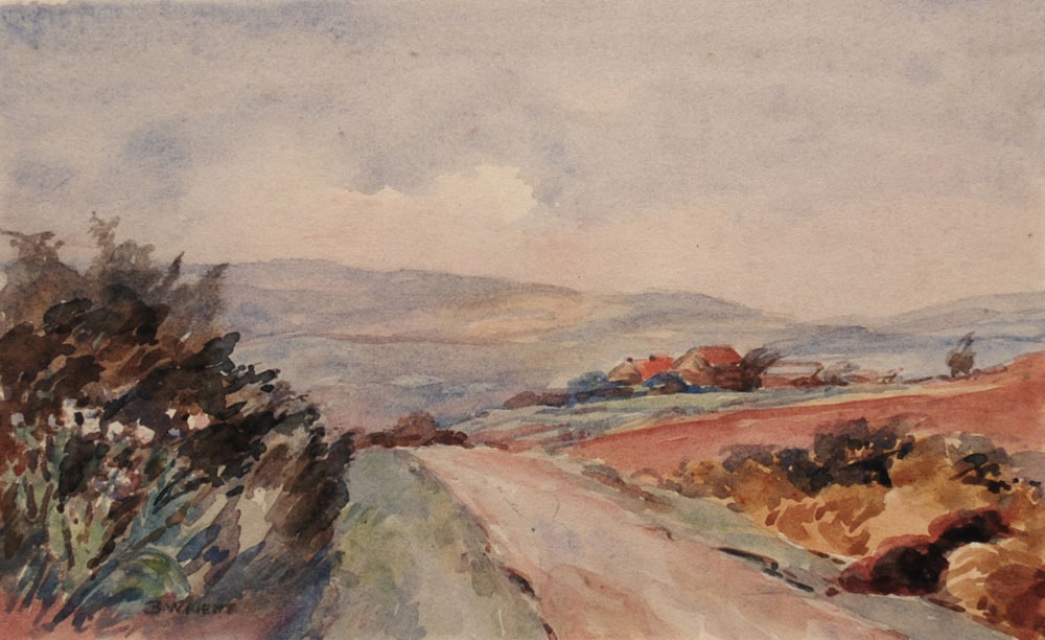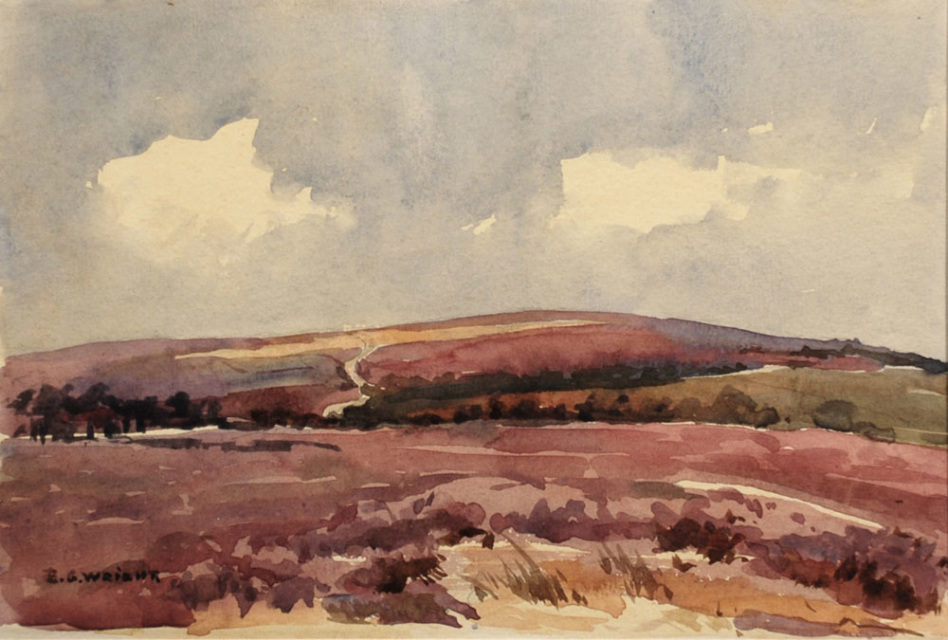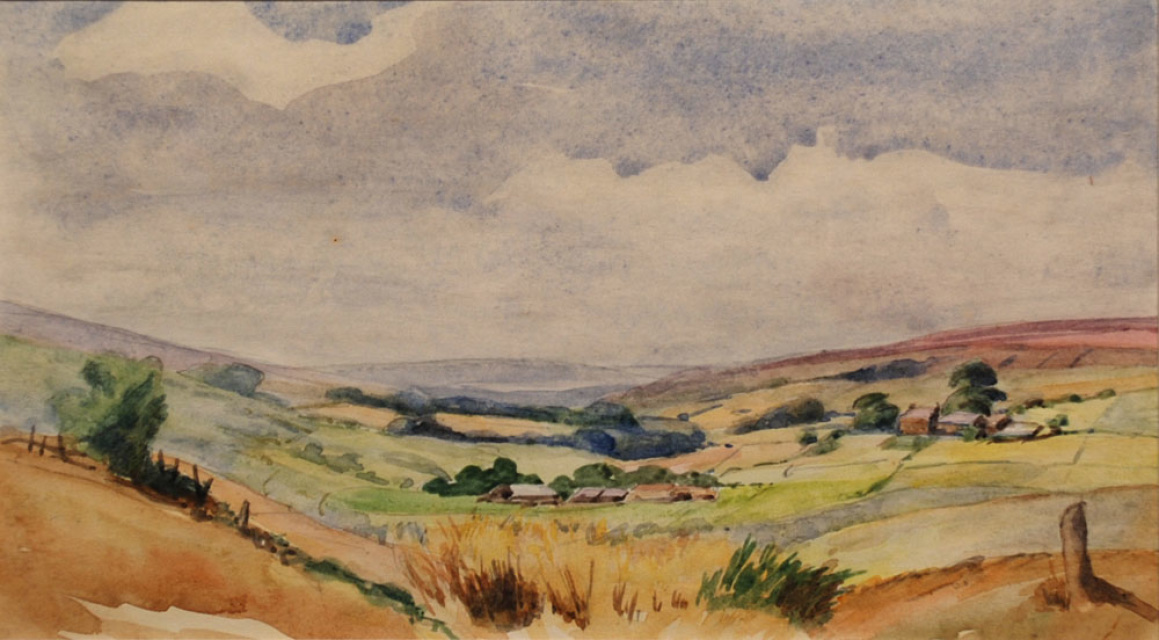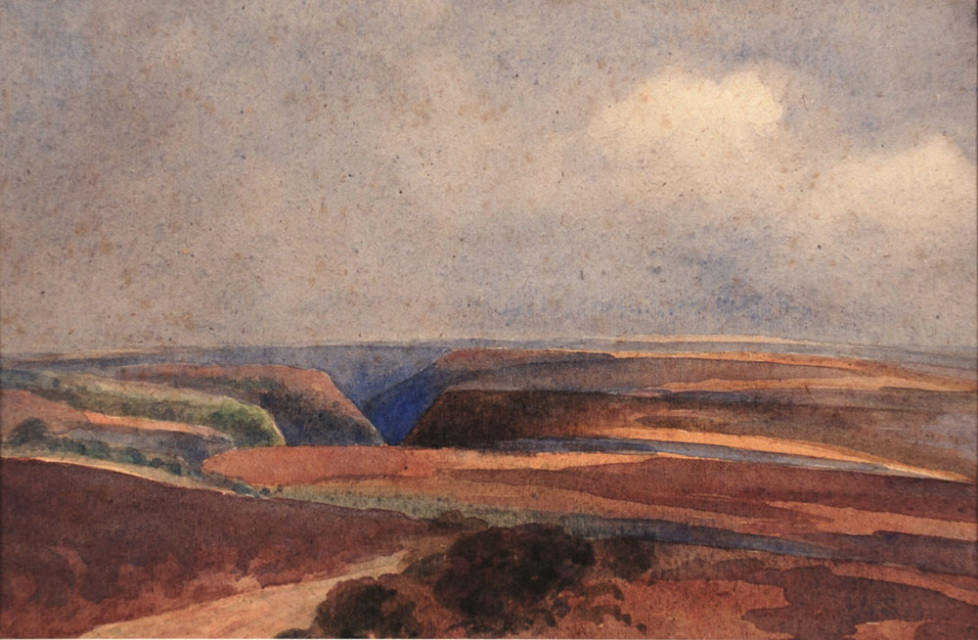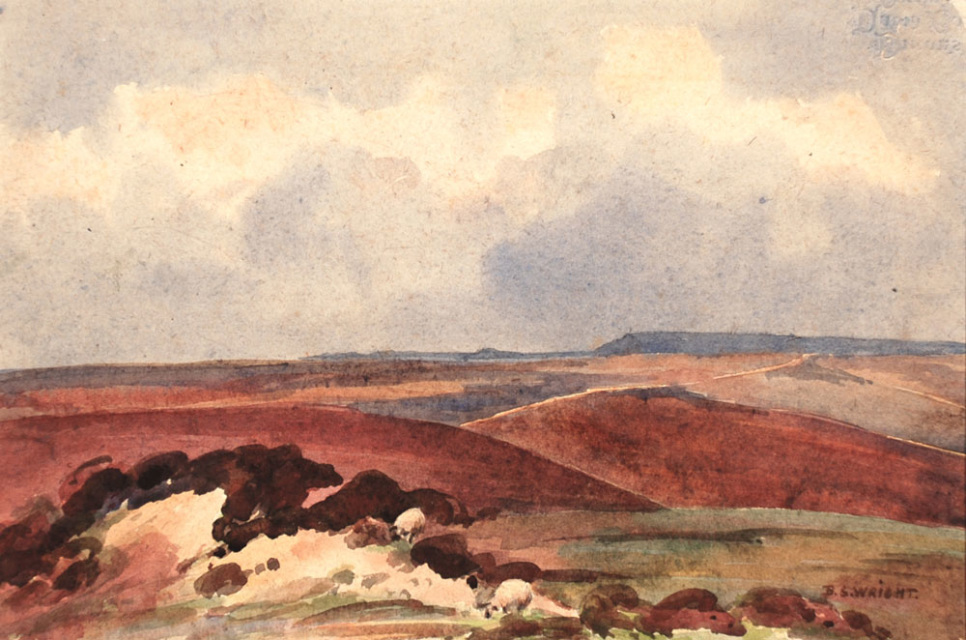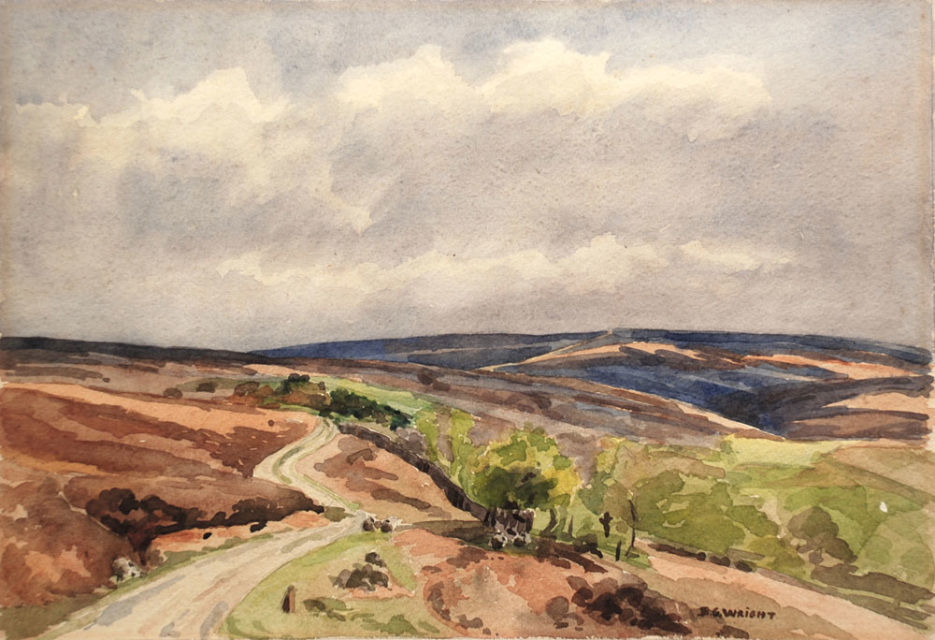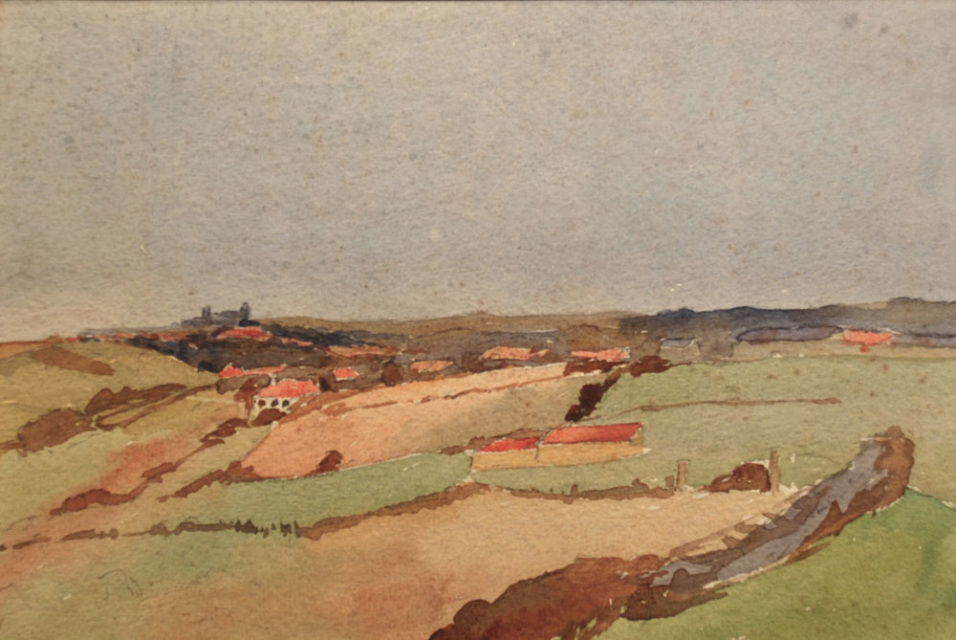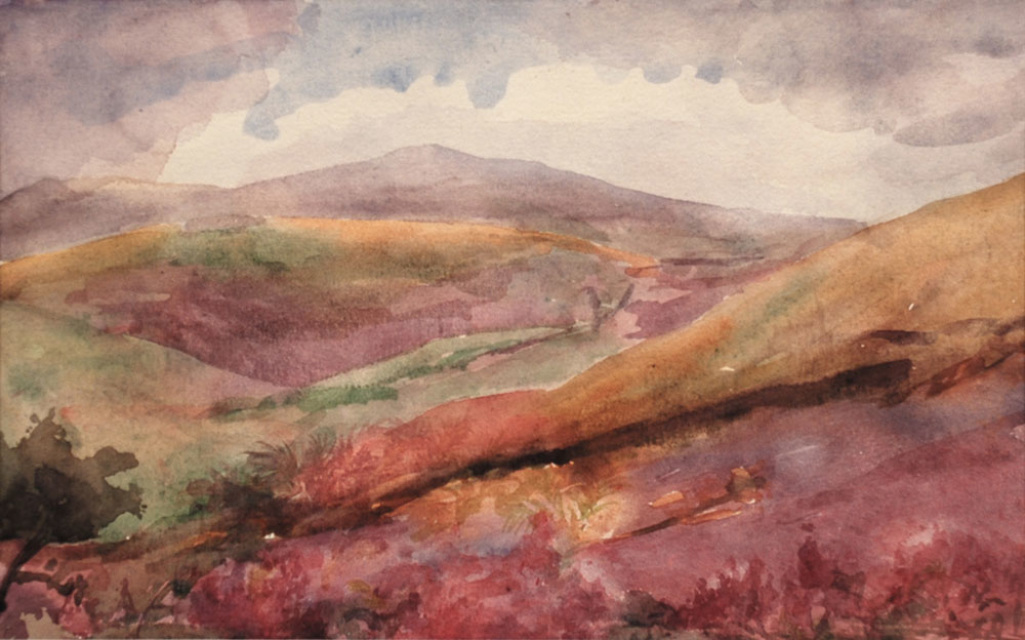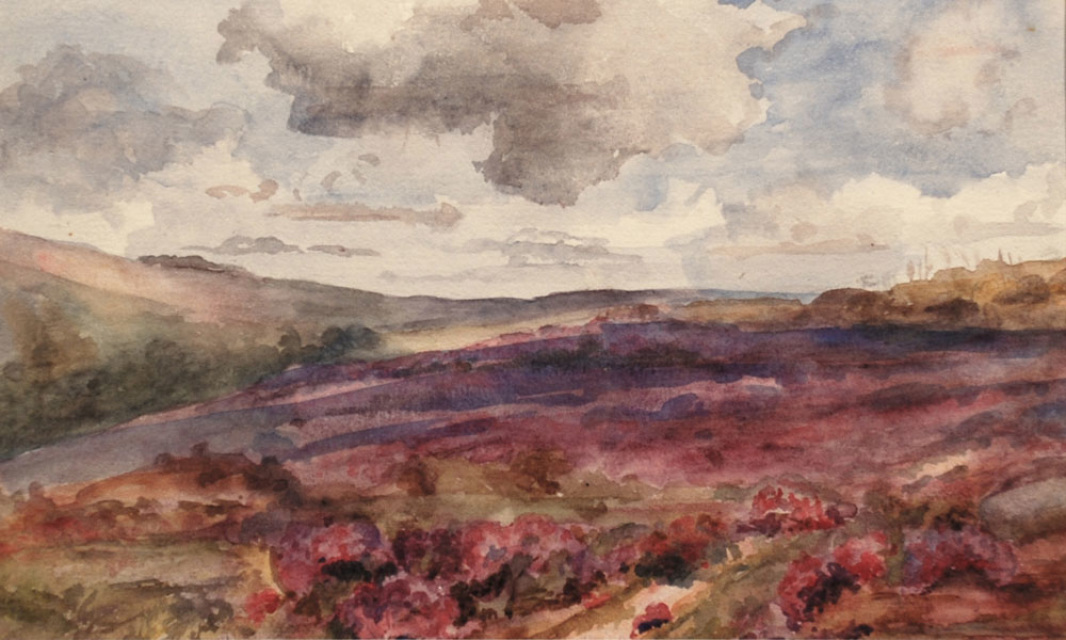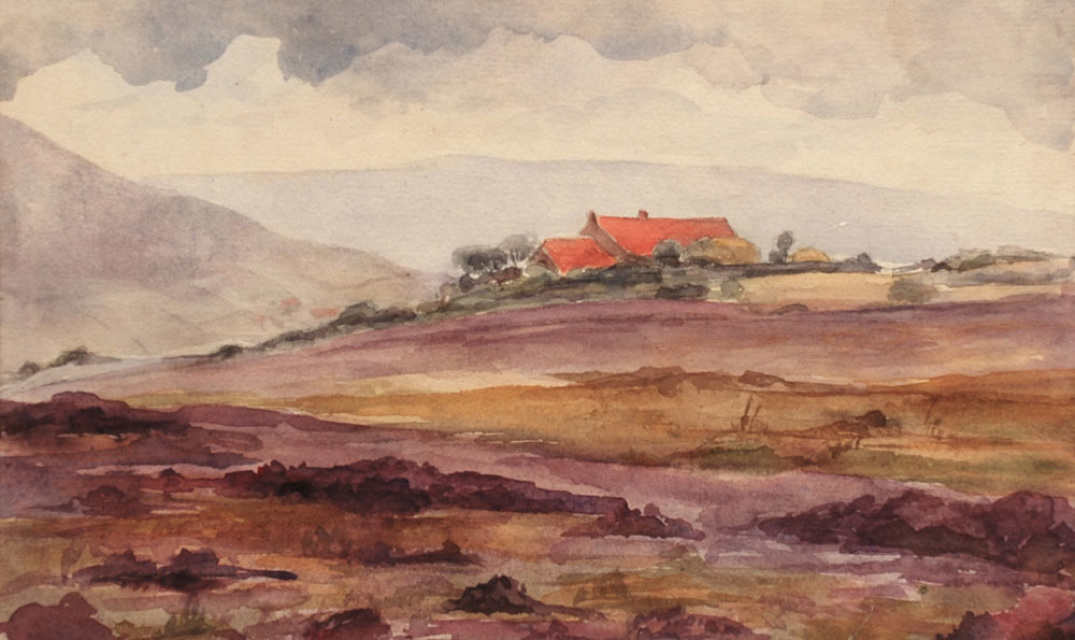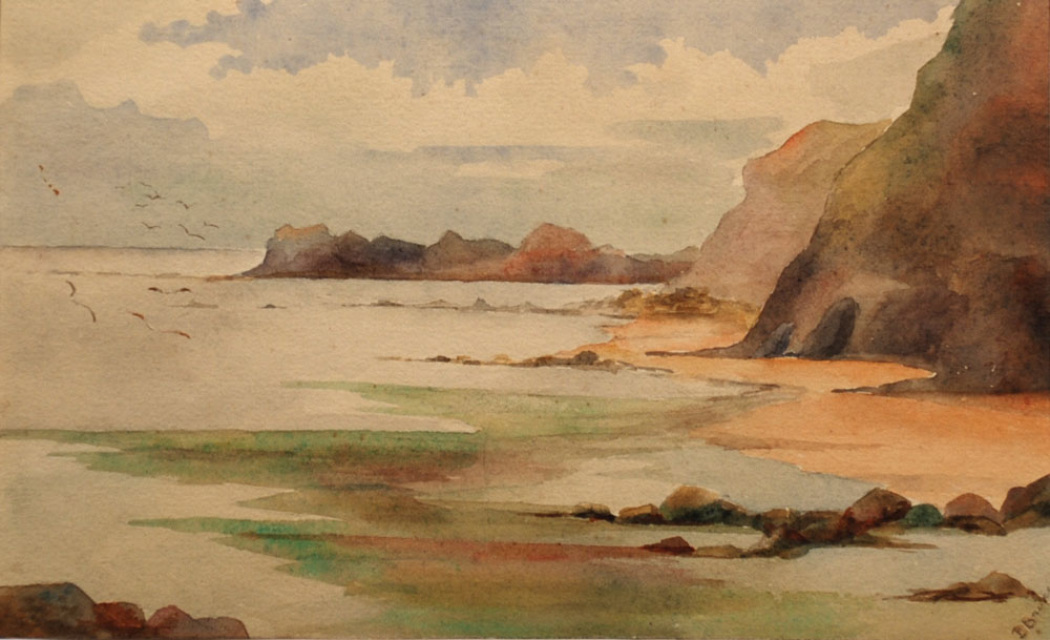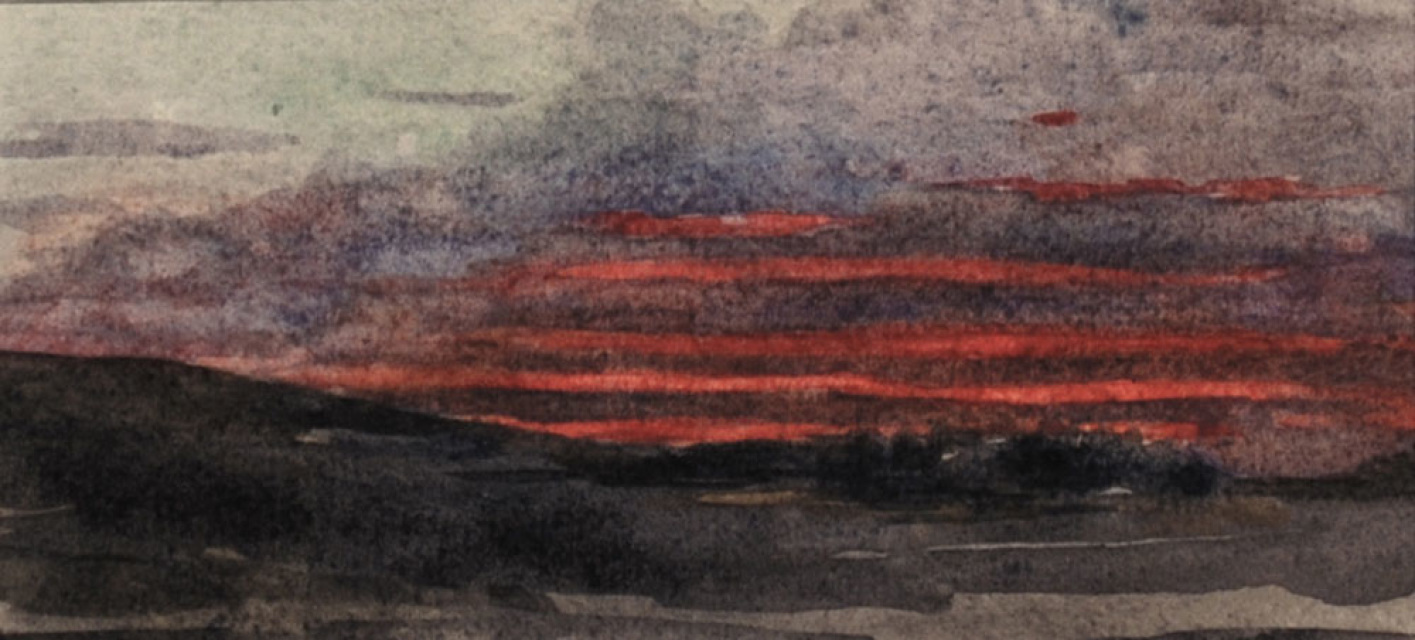-
Paintings
-
Drawings
-
Prints
-
Decorative
-
All stock
-
Frames
-
Highlights
-
Exhibitions
-
Life Class | Art School Nudes and Figure Studies
-
The Botanical Art of Beryl Wright
-
Arthur Heslop in Northumberland
-
When Orlando Went to Church
-
After Turner
-
Scotland: Lochs and Castles
-
Christmas Punch
-
The Lakes Engraved
-
The Art of Etching
-
Charles Murray Adamson: A Victorian Naturalist
-
Edinburgh in the Age of the Georgians
-
Beryl G Wright: An Artist of the Moors
-
Introduction
The North York Moors. The name alone conjures up images of broad acres beneath limitless dark skies; in our imagination, the ground, purple-pocked with heather, will be moss-peat heavy under foot. We might, in our more fanciful moments, picture a female figure upon the moors (though not these moors, it should be noted). And if we can conjure up the figure we will also have a name: Cathy. Cathy might lead us to Emily and Emily, in turn, to Kate. But what about Beryl?
Beryl G Wright lived at Sleights, at the eastern edge of the North York Moors, close to Whitby and as the dates on some of the works in this exhibition show, for over fifty years she painted the North York Moors; the landscapes she would have seen every day.
For all that our imaginations might, thanks to Emily Brontë and Kate Bush, conjure up a lone figure roaming the heath, the boundaries of these moors are lived within and worked upon. Villages dot the land and, as the number of sheep illustrates, the area is farmed. But it was not this aspect of the area that interested Wright. Roads and farmhouses shown within these paintings might acknowledge a human presence but people are largely absent (only one of the works here contains human figures). These paintings are not about people or the ways in which people interact with and inhabit the land. They are about the land itself – its moods and emotions.
We are all too apt and capable to anthropomorphise places and landscapes; to assign to them words which lend them a personality: deserts are dry, mountains are lofty, Skegness is bracing. We hang words on to these places because we project our emotions onto them; a landscape or a place for every mood we can imagine. The place reflects the mood and so, in turn the mood, in our minds becomes the place.
As the cliché would have it, moors are usually brooding, and in Wright’s paintings they certainly can be. But not exclusively so. In the works shown below we see the North York Moors in different seasons and at different times of the day: the late summer harvest with Whitby in the background; a vivid twilight captured with just a few carefully placed brushstrokes. As such, they form a remarkable record of a landscape recorded over half a century.
Heather, gorse, sun, cloud, expanse. These are all here. The dips and undulations we associate with moorlands feature, too. But as the exhibits illustrate, the coastline forms an important aspect of this world. The North York Moors spill from their mauve heights and meet the sea via sheer cliffs at places like Staithes, Runswick Bay and at Whitby whose prominent Abbey and Church can be seen looming in the background of a number of the works shown here.
The coastline was clearly and important part of Wright’s world. Through such works as Kettleness Point, Runswick Bay and The Scar Beryl Wright captures the very limits of the moors; the terminal points for the landscapes that occupied her artistic output for so long.
Whilst the moors and the Yorkshire coast were important to Wright, as some of the other works on our site show, she travelled widely and painted as she went. She was also a very talented still life and botanical artist exhibiting some of her flower studies at the Royal Watercolour Society Galleries, London. A future exhibition on this site will explore this aspect of Wright’s art.
Beryl G Wright lived at Sleights, at the eastern edge of the North York Moors, close to Whitby and as the dates on some of the works in this exhibition show, for over fifty years she painted the North York Moors; the landscapes she would have seen every day.
For all that our imaginations might, thanks to Emily Brontë and Kate Bush, conjure up a lone figure roaming the heath, the boundaries of these moors are lived within and worked upon. Villages dot the land and, as the number of sheep illustrates, the area is farmed. But it was not this aspect of the area that interested Wright. Roads and farmhouses shown within these paintings might acknowledge a human presence but people are largely absent (only one of the works here contains human figures). These paintings are not about people or the ways in which people interact with and inhabit the land. They are about the land itself – its moods and emotions.
We are all too apt and capable to anthropomorphise places and landscapes; to assign to them words which lend them a personality: deserts are dry, mountains are lofty, Skegness is bracing. We hang words on to these places because we project our emotions onto them; a landscape or a place for every mood we can imagine. The place reflects the mood and so, in turn the mood, in our minds becomes the place.
As the cliché would have it, moors are usually brooding, and in Wright’s paintings they certainly can be. But not exclusively so. In the works shown below we see the North York Moors in different seasons and at different times of the day: the late summer harvest with Whitby in the background; a vivid twilight captured with just a few carefully placed brushstrokes. As such, they form a remarkable record of a landscape recorded over half a century.
Heather, gorse, sun, cloud, expanse. These are all here. The dips and undulations we associate with moorlands feature, too. But as the exhibits illustrate, the coastline forms an important aspect of this world. The North York Moors spill from their mauve heights and meet the sea via sheer cliffs at places like Staithes, Runswick Bay and at Whitby whose prominent Abbey and Church can be seen looming in the background of a number of the works shown here.
The coastline was clearly and important part of Wright’s world. Through such works as Kettleness Point, Runswick Bay and The Scar Beryl Wright captures the very limits of the moors; the terminal points for the landscapes that occupied her artistic output for so long.
Whilst the moors and the Yorkshire coast were important to Wright, as some of the other works on our site show, she travelled widely and painted as she went. She was also a very talented still life and botanical artist exhibiting some of her flower studies at the Royal Watercolour Society Galleries, London. A future exhibition on this site will explore this aspect of Wright’s art.
Beryl G Wright: An Artist of the Moors
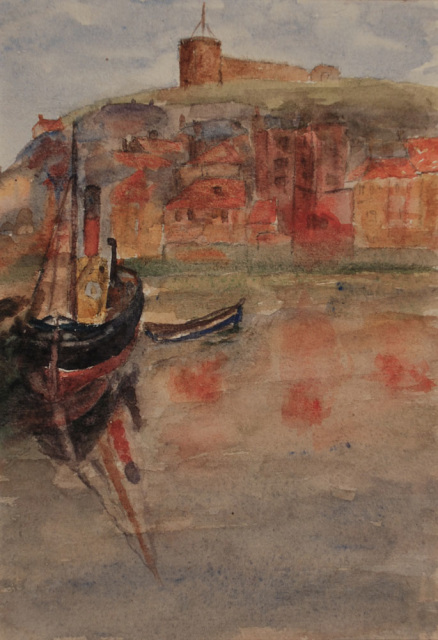
Whitby Church and Town from the Harbour
£37.99
£37.99
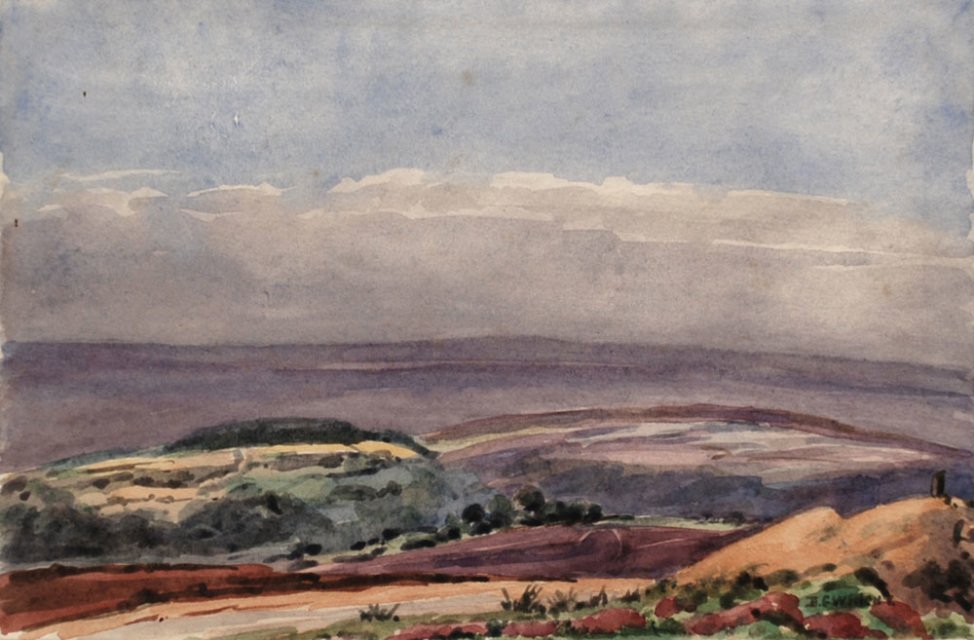
From Beck Hole Road: Burnt Moorland, 1949
£53.99
£53.99
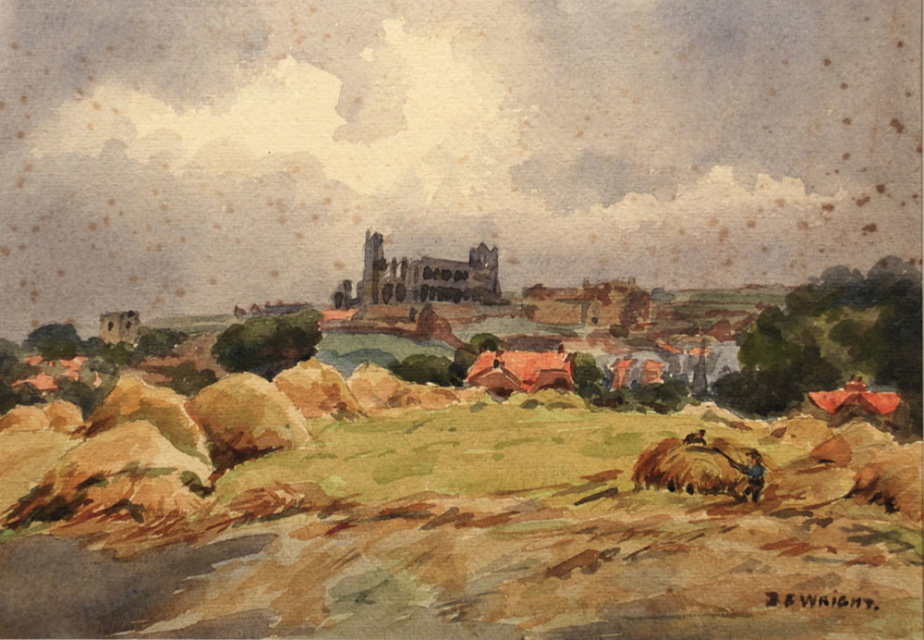
Whitby Abbey from the Moors, 1949
£36.99
£36.99
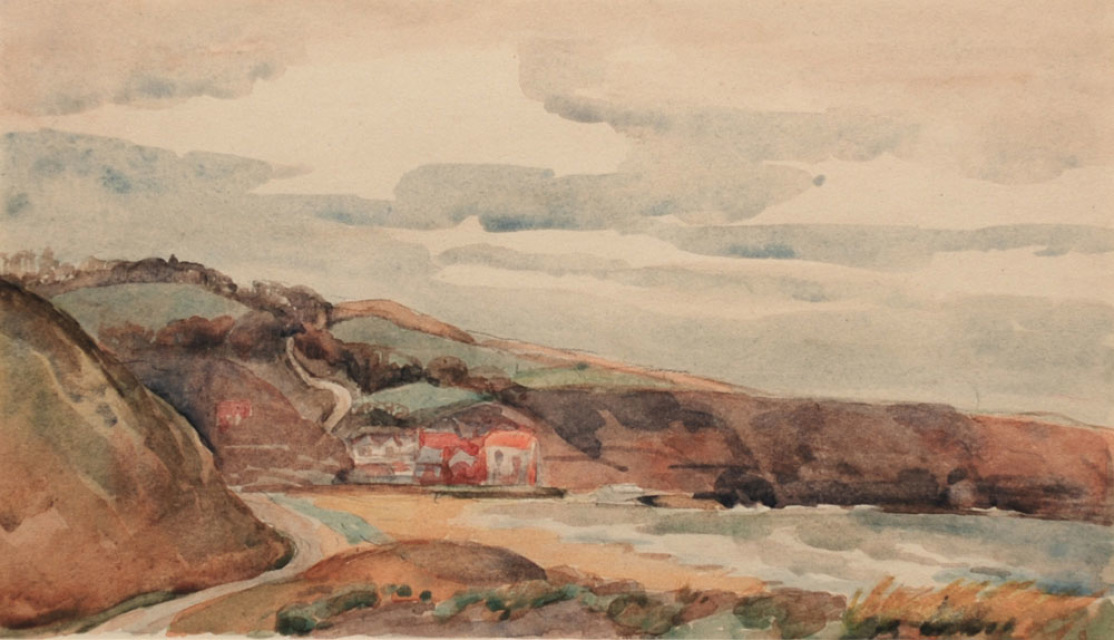
Staithes, Yorkshire, 1966
£53.99
£53.99
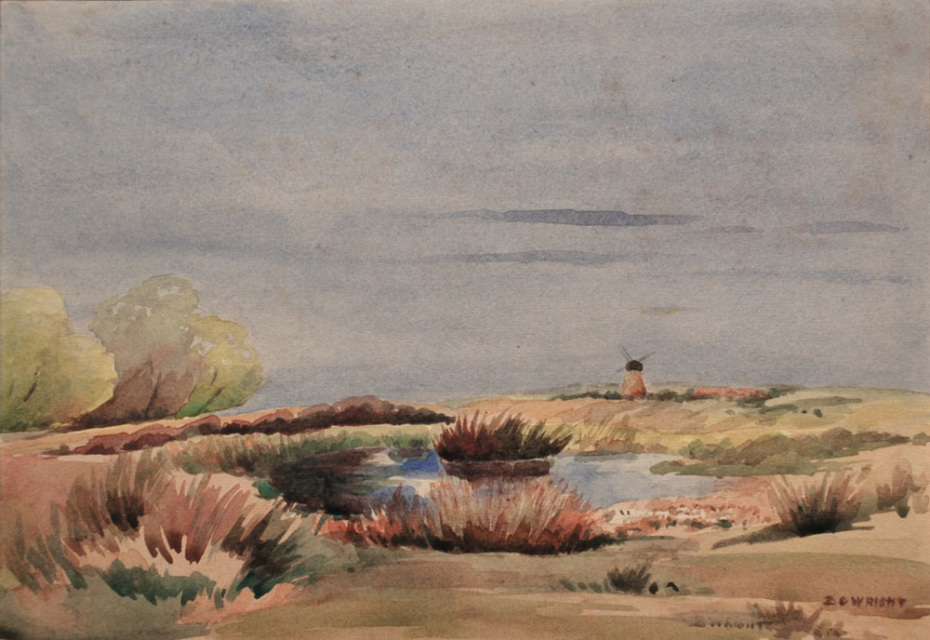
Ugthorpe Mill, North York Moors
£52.99
£52.99
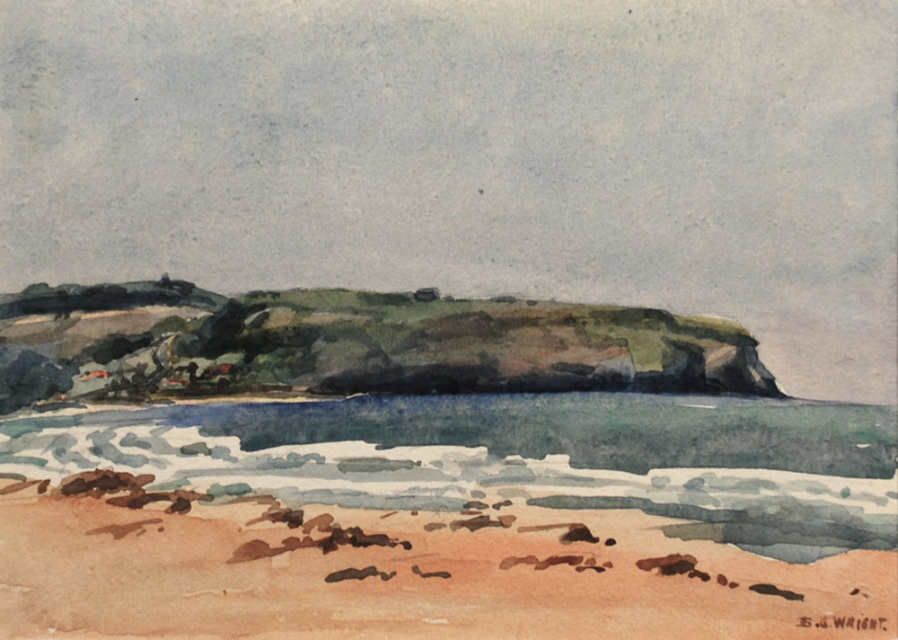
Kettleness Point, Yorkshire
£52.99
£52.99
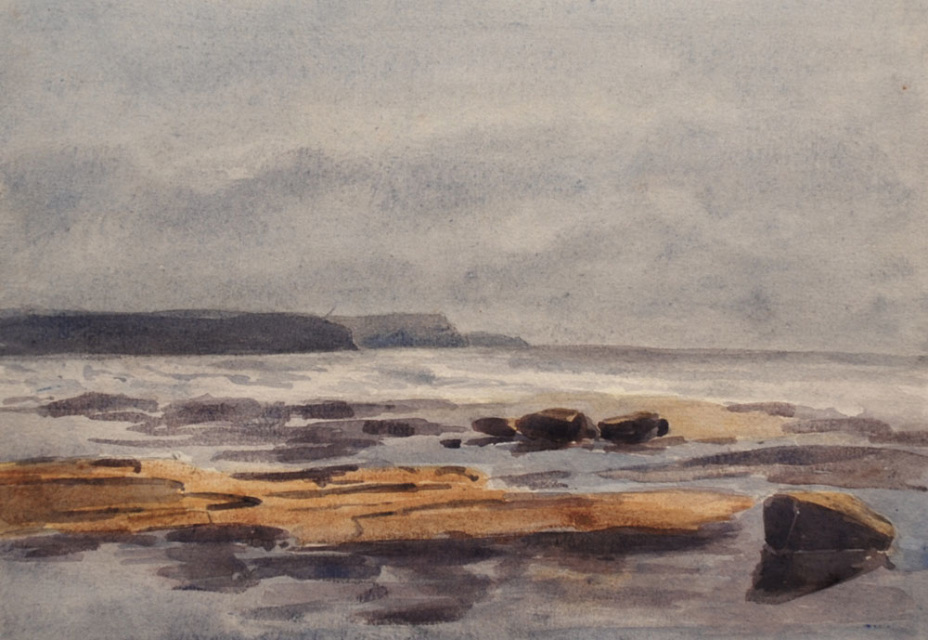
The Incoming Tide
£52.99
£52.99
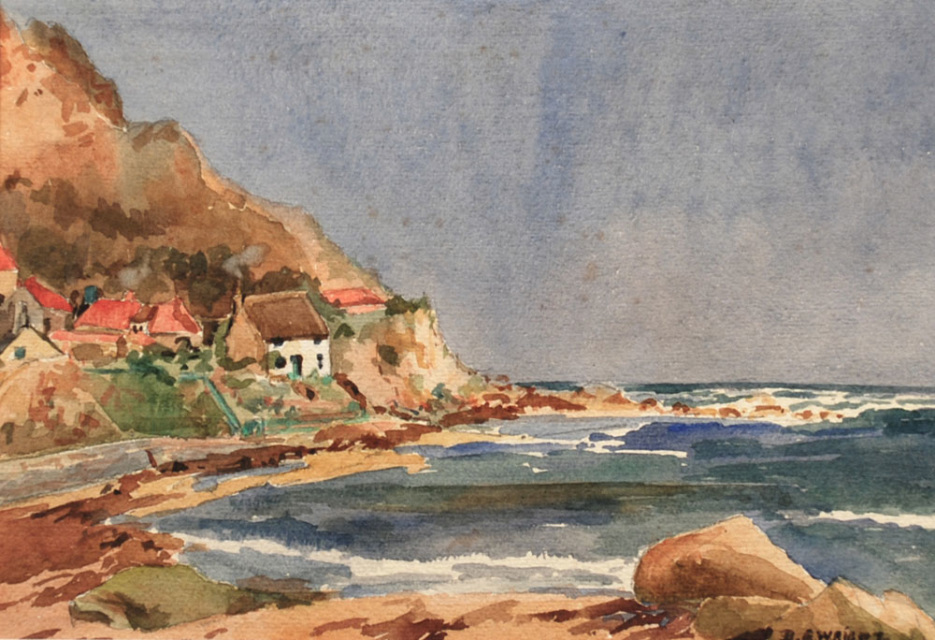
Runswick Bay, 1949
£52.99
£52.99
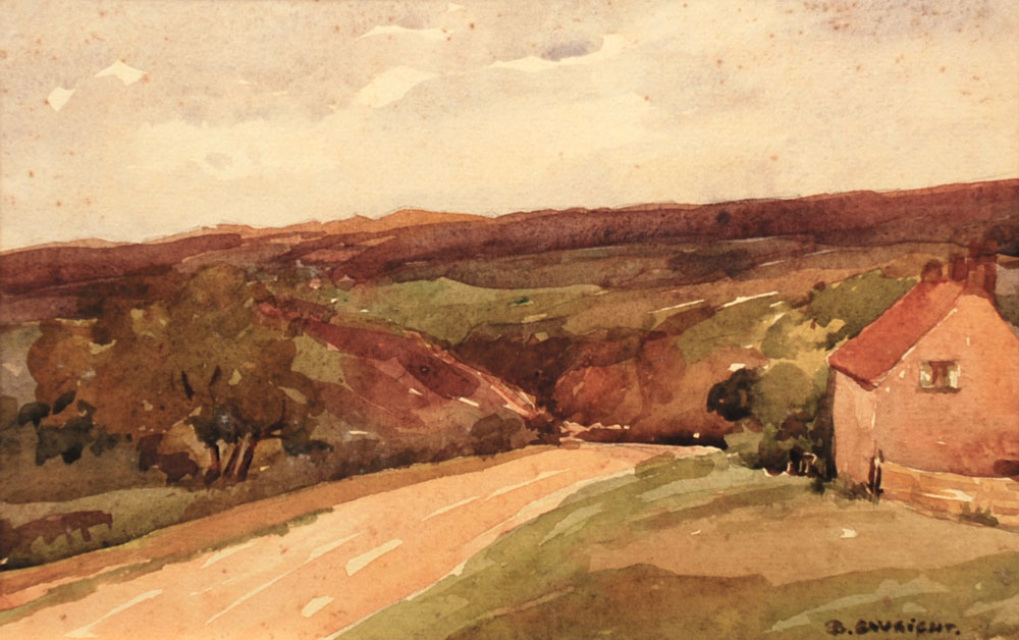
A Road Across the Moors, 1946
£46.99
£46.99
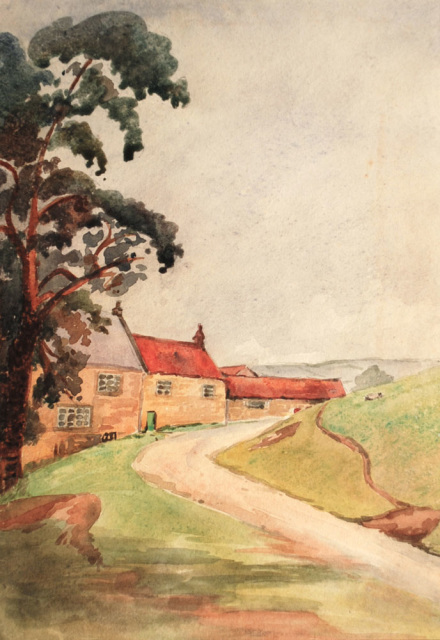
A Farmhouse on the Moors
£52.99
£52.99
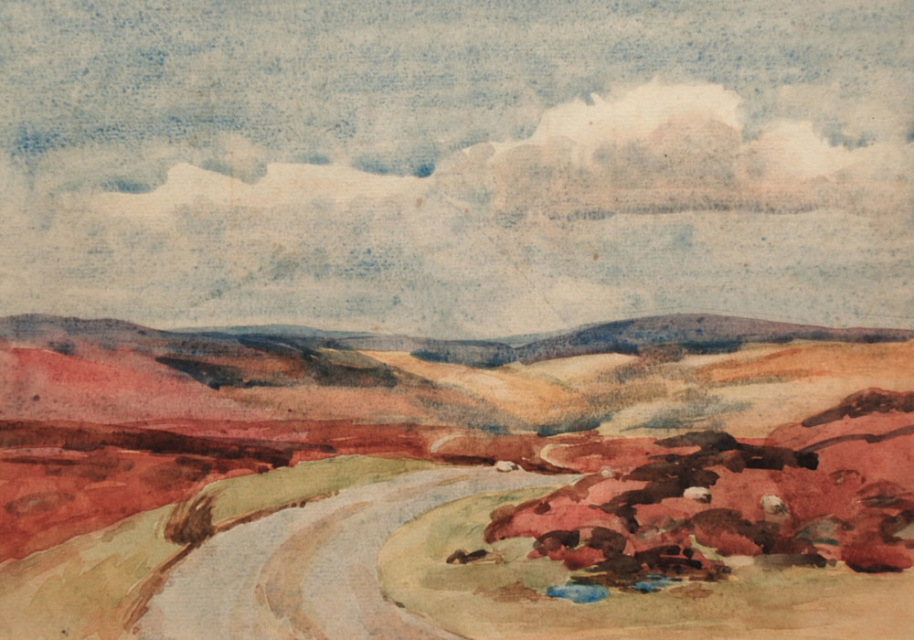
September, Above Goathland
£53.99
£53.99
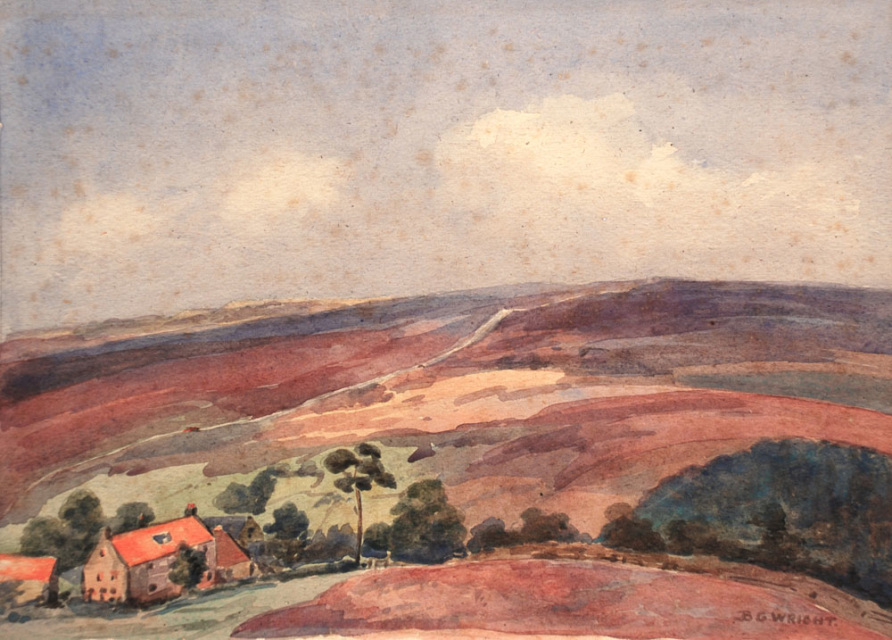
Cow Wath Bank, 1950
£45.99
£45.99
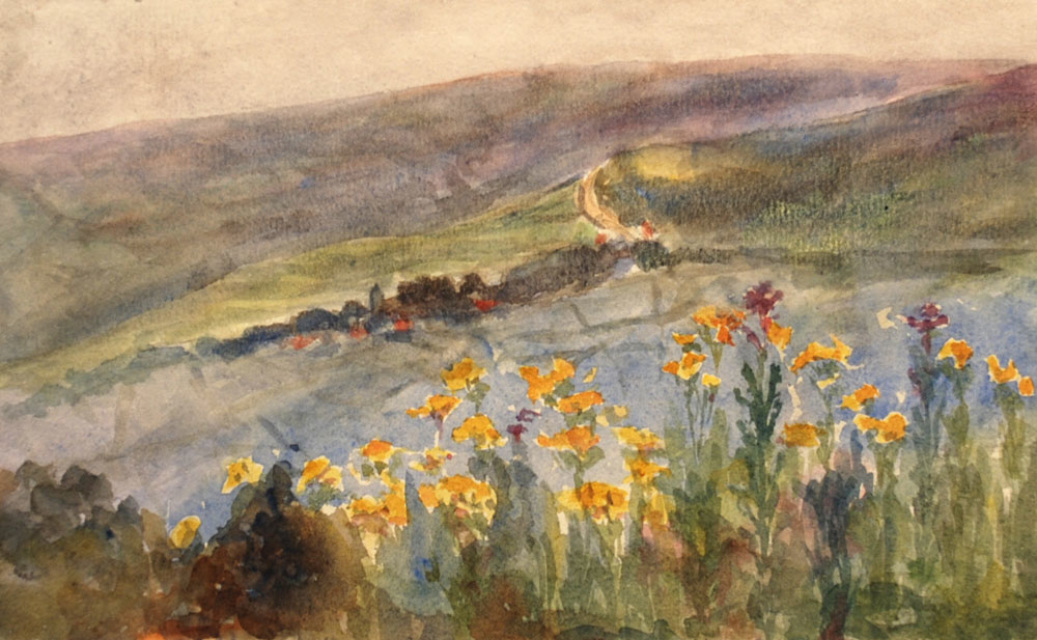
Sleights from Aislaby Quarries, 1910
£49.99
£49.99

Sandsend Cliff, 1911
£51.99
£51.99
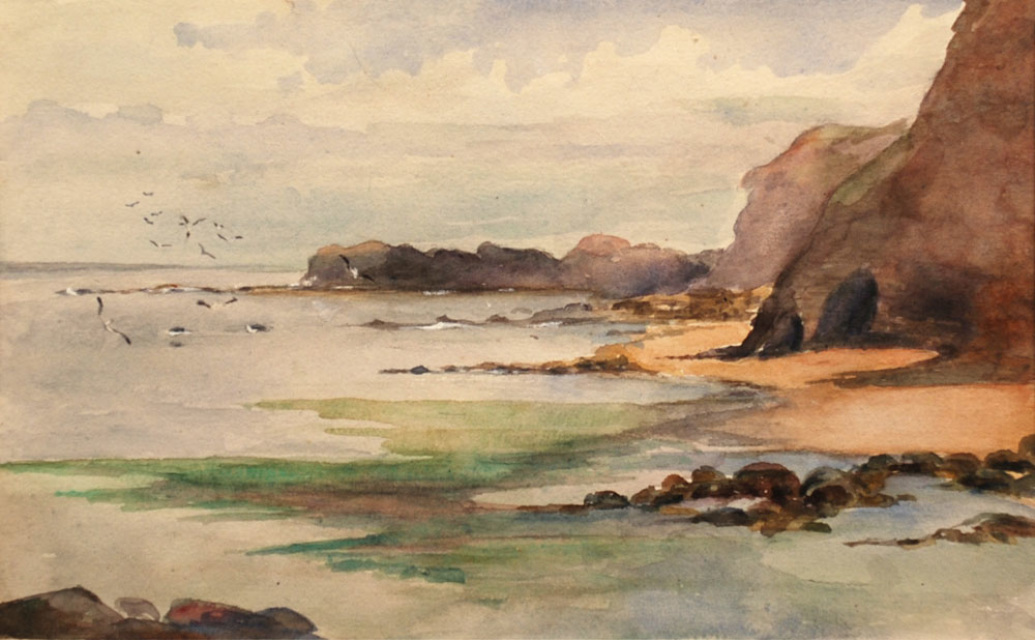
The Scar from East Pier, Whitby, 1911
£51.99
£51.99
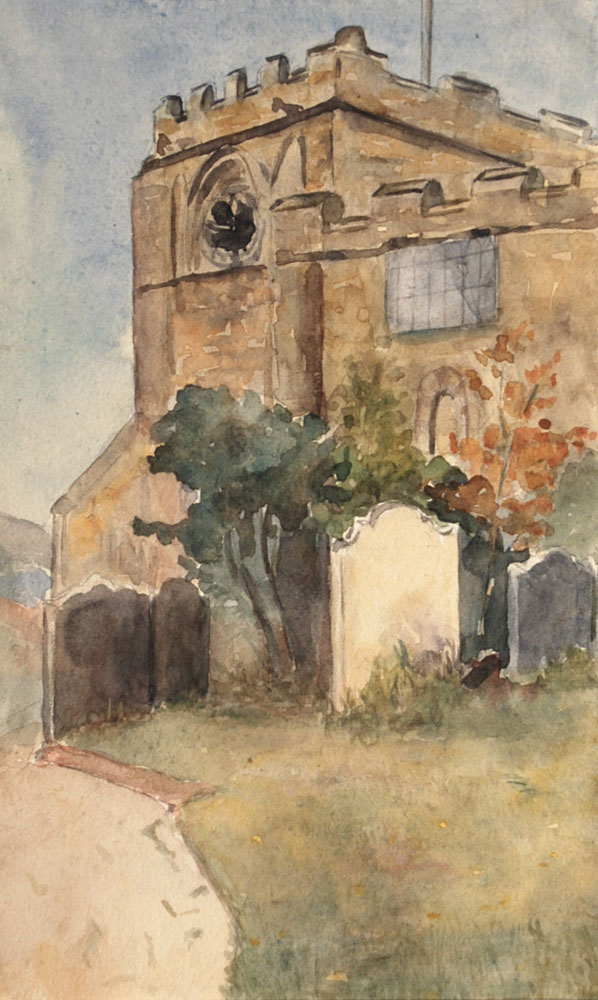
The Old Parish Church, Whitby, 1911
£49.99
£49.99
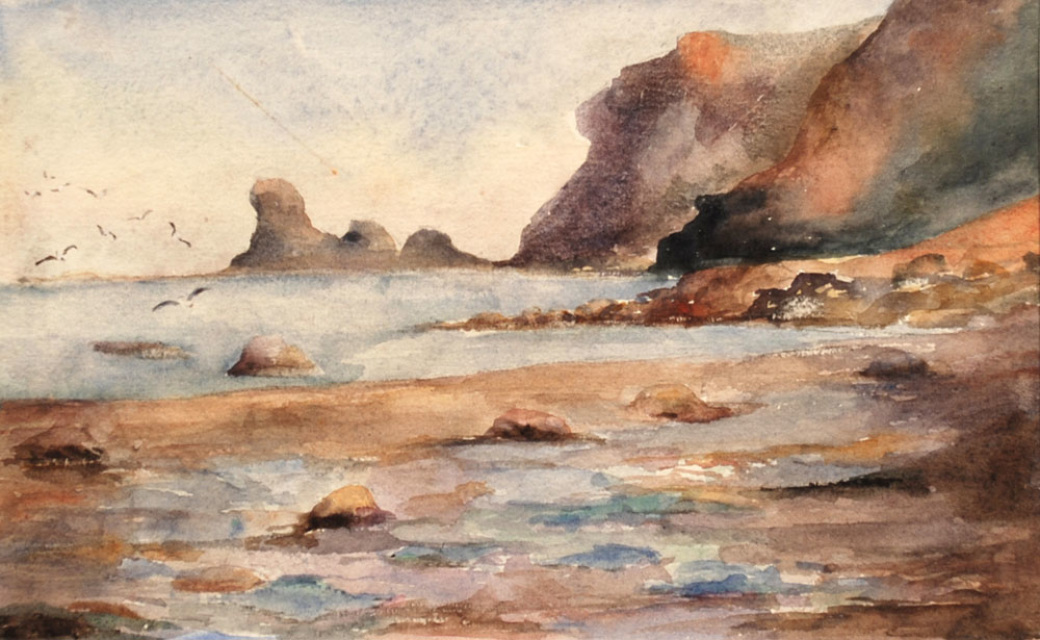
Part of the Scar, Whitby, 1912
£51.99
£51.99
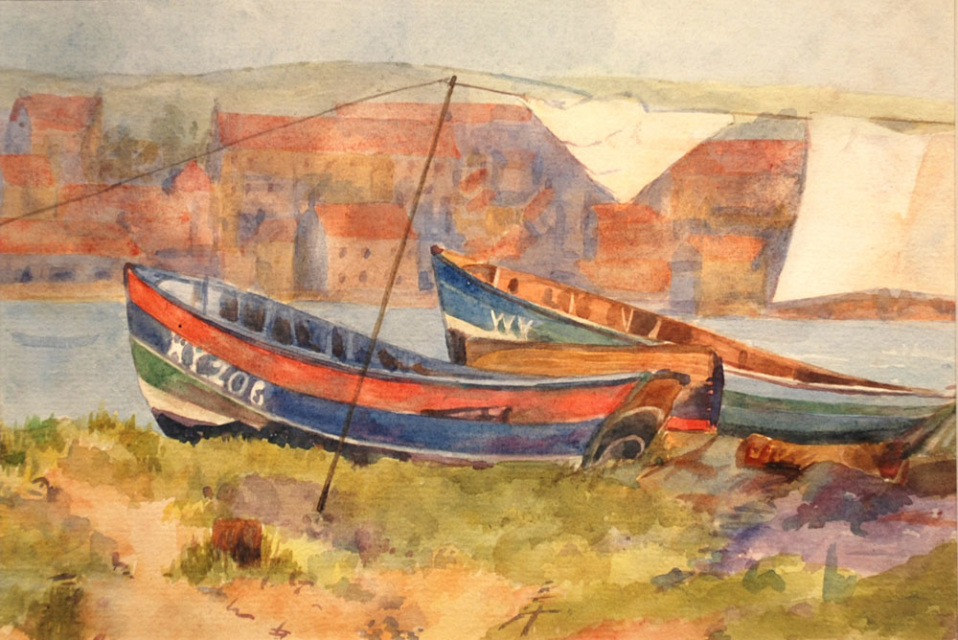
Beached Boats, Whitby, 1920
£51.99
£51.99
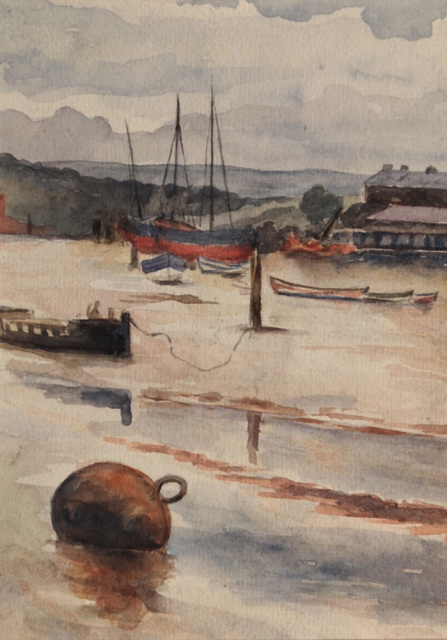
Low Tide, 1911
£44.99
£44.99
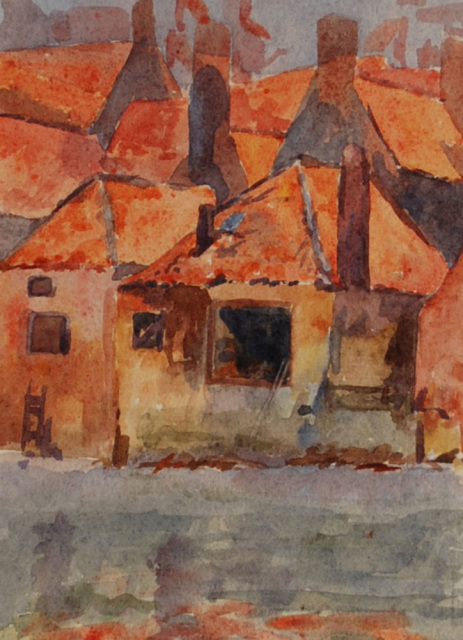
Houses at Whitby, 1920
£45.99
£45.99
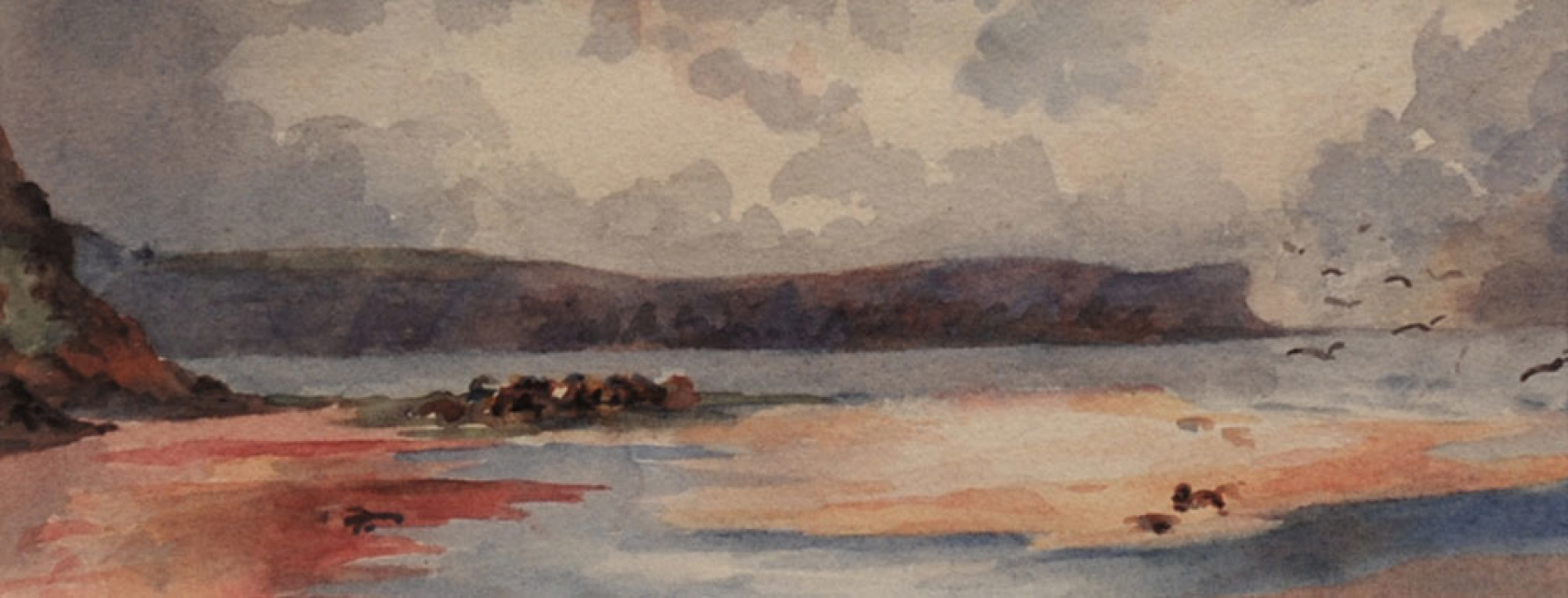
Yorkshire Cliffs
£45.99
£45.99
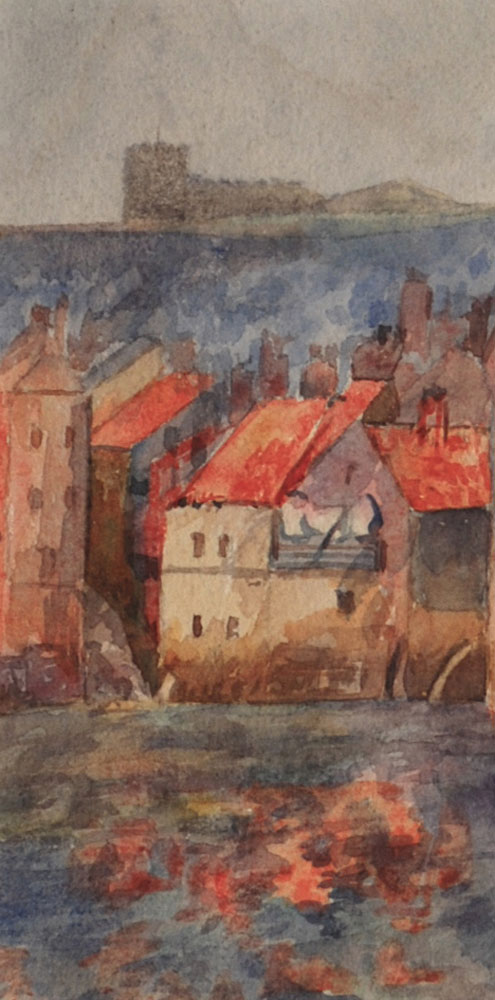
Whitby
£44.99
£44.99
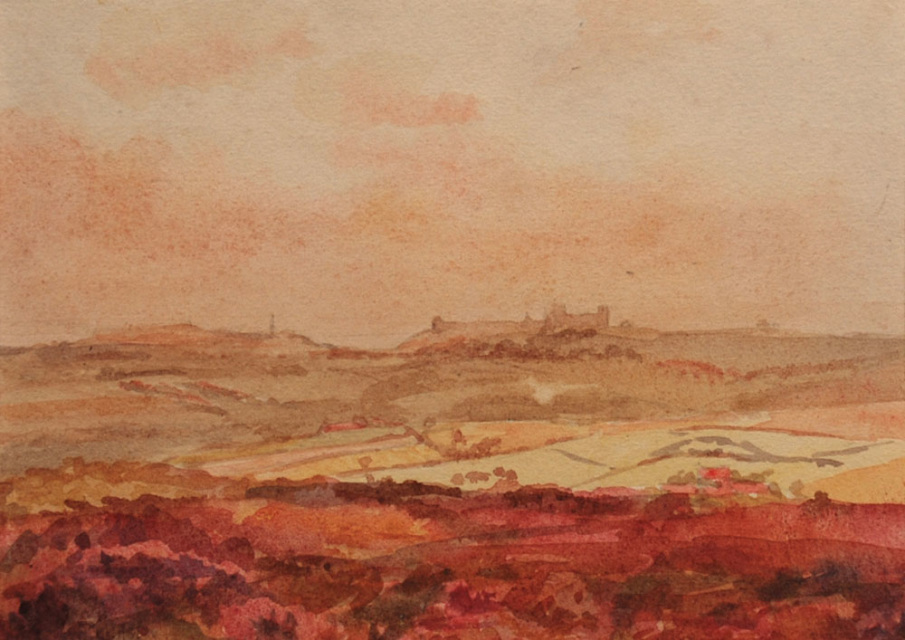
Whitby from the Blue Bank, 1914
£46.99
£46.99
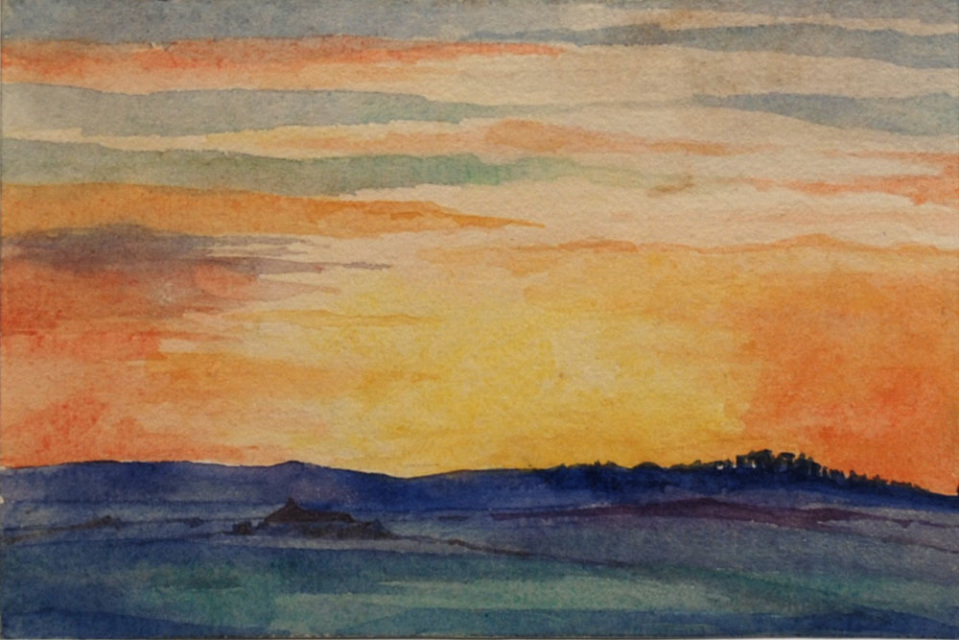
Sunset on the Moors
£45.99
£45.99
